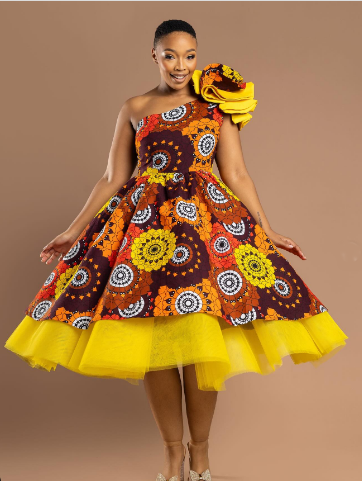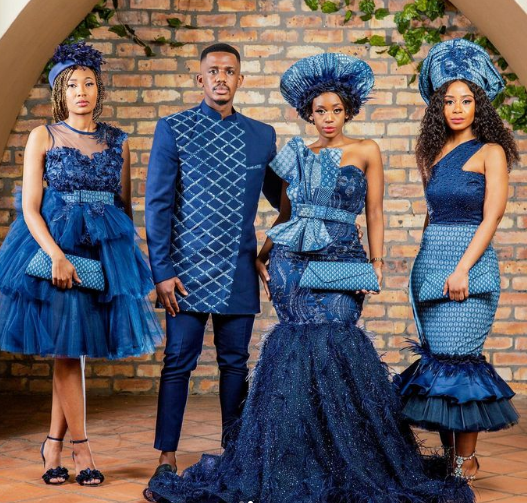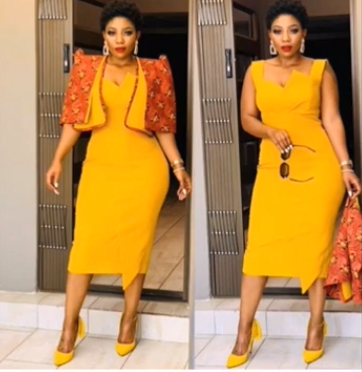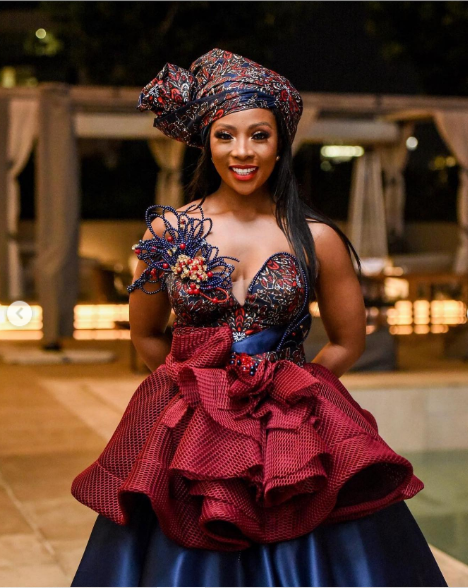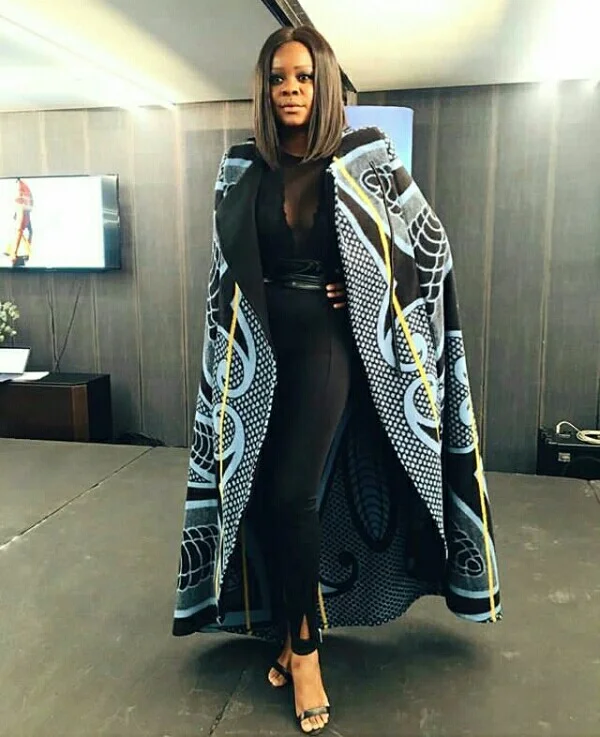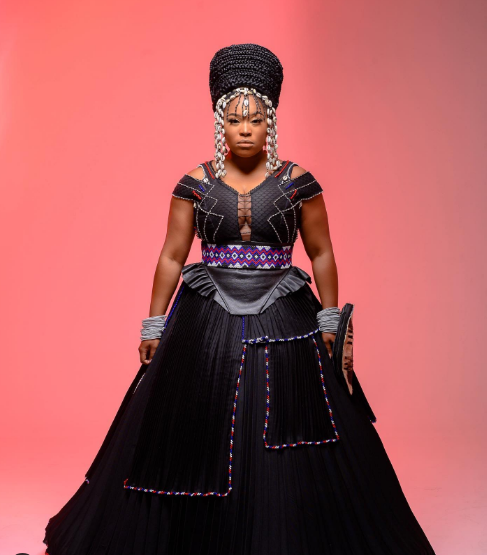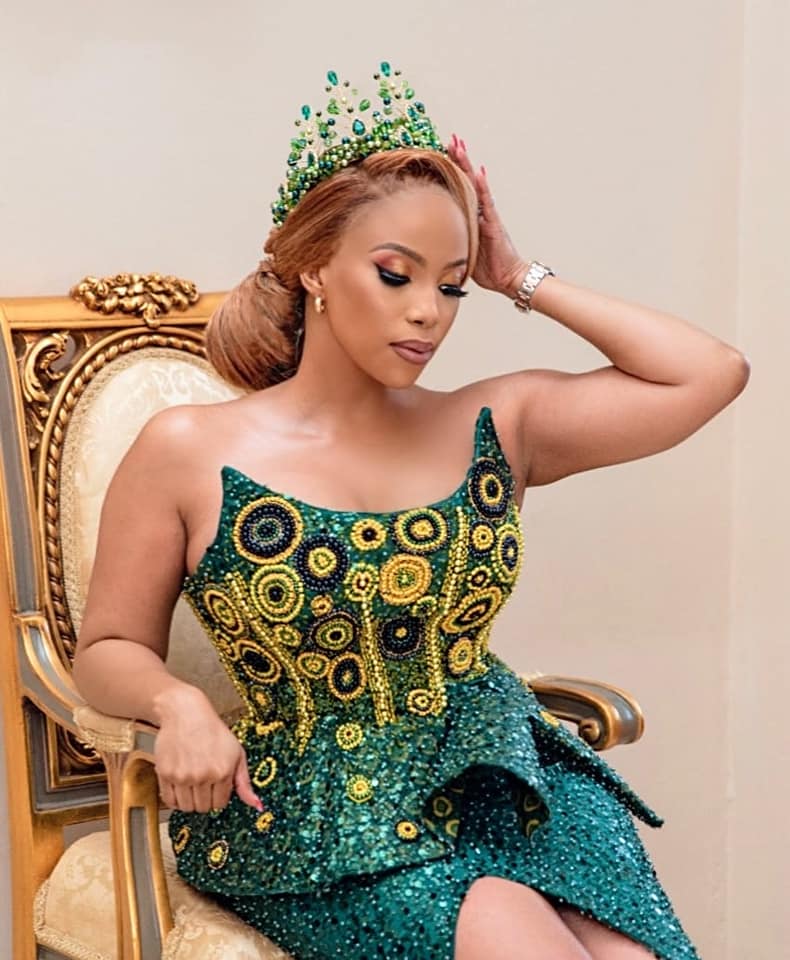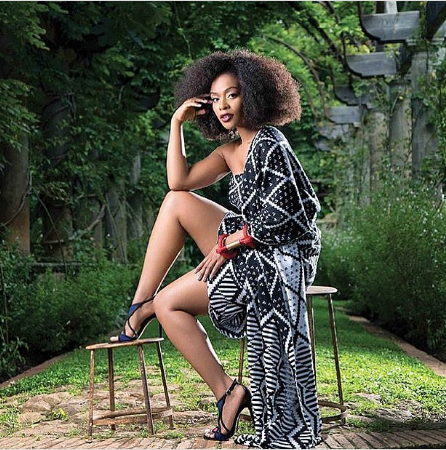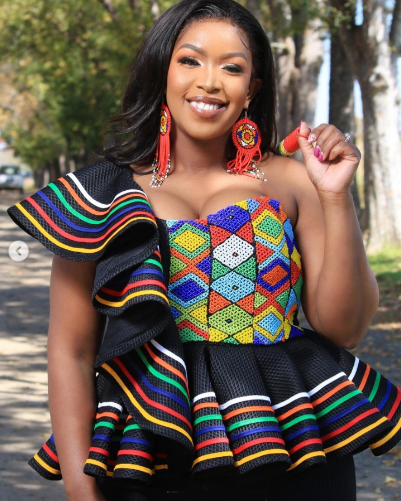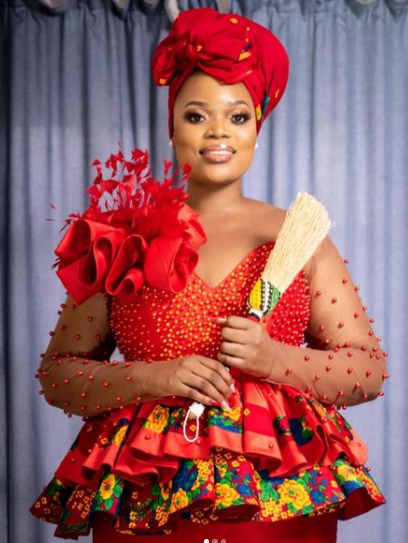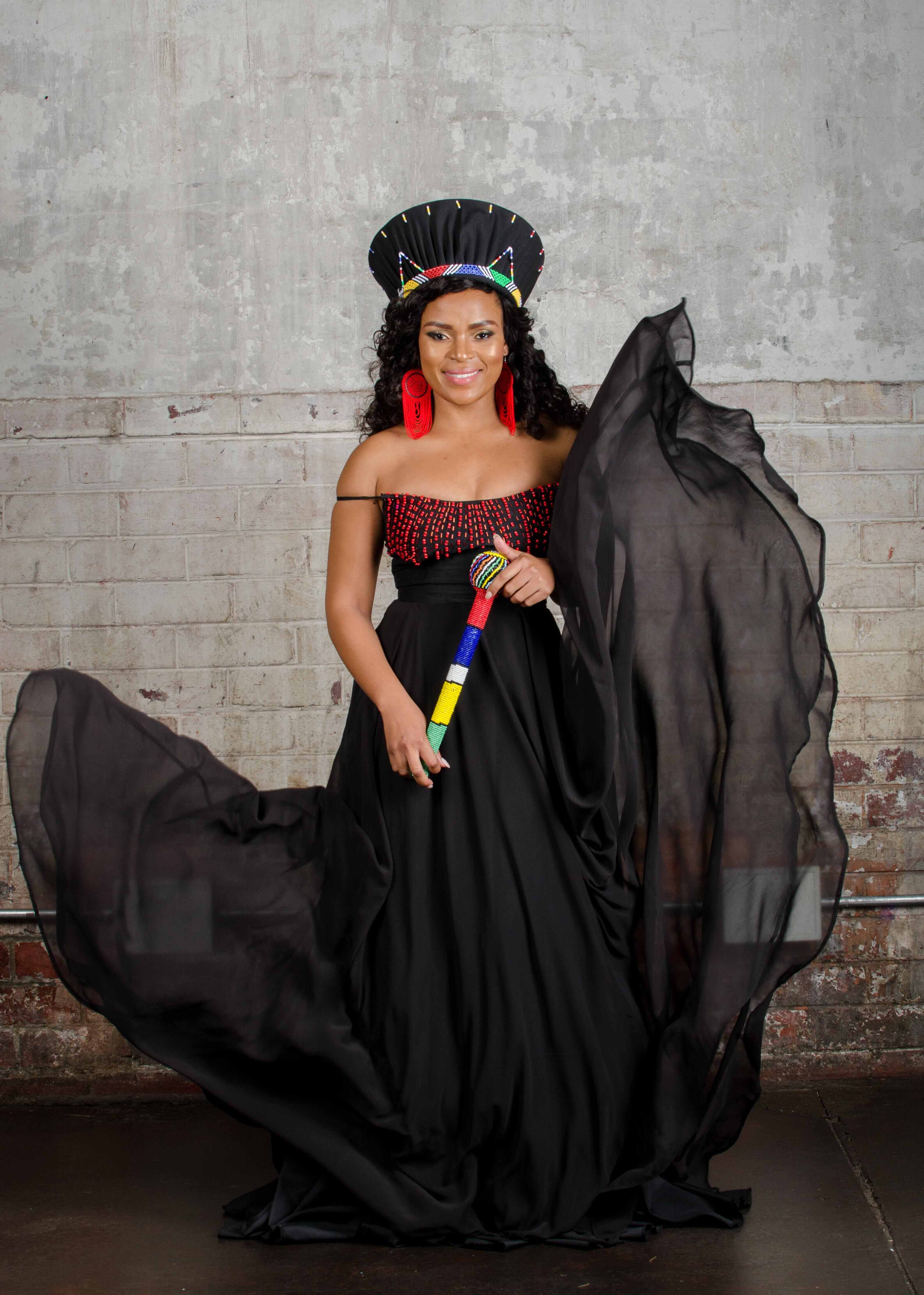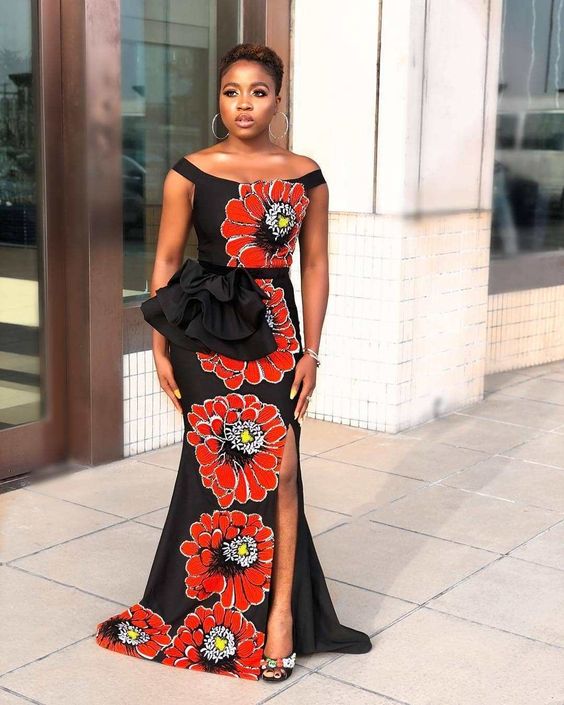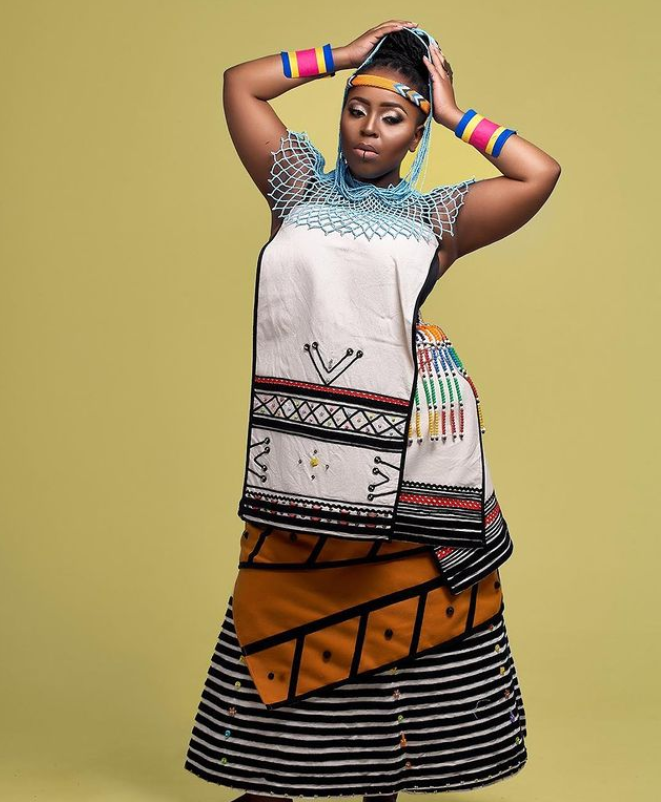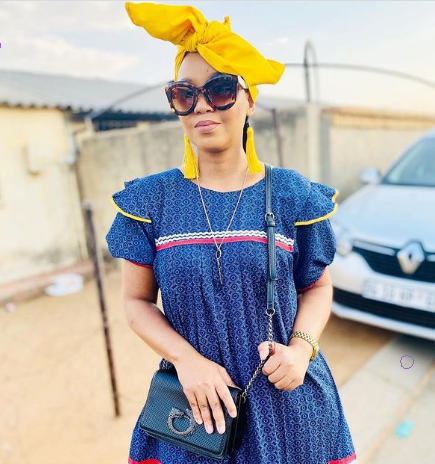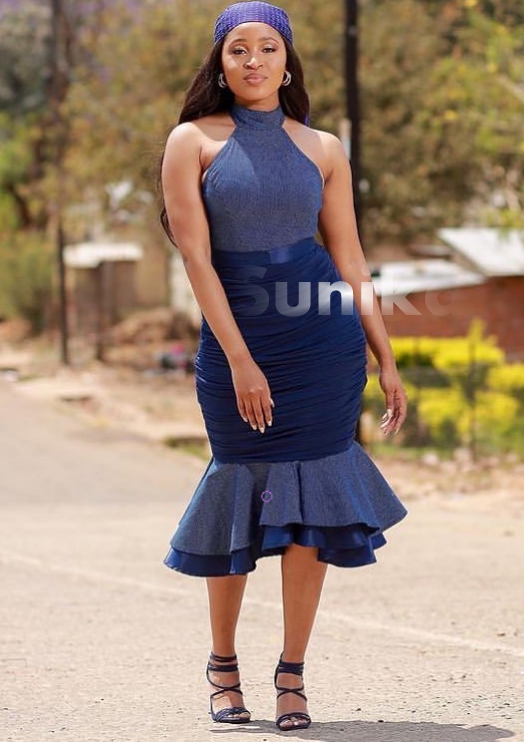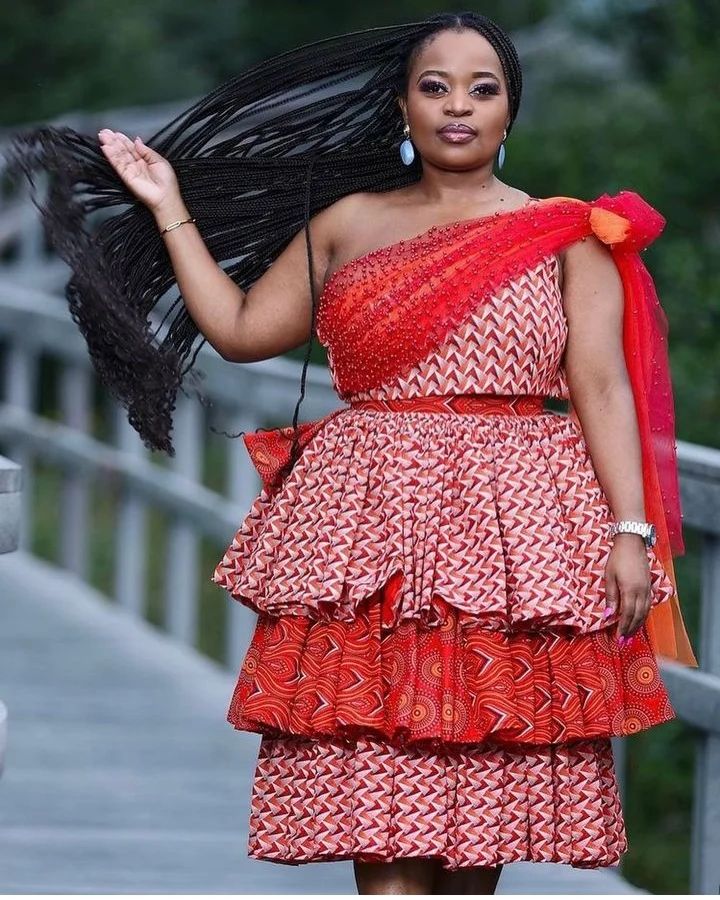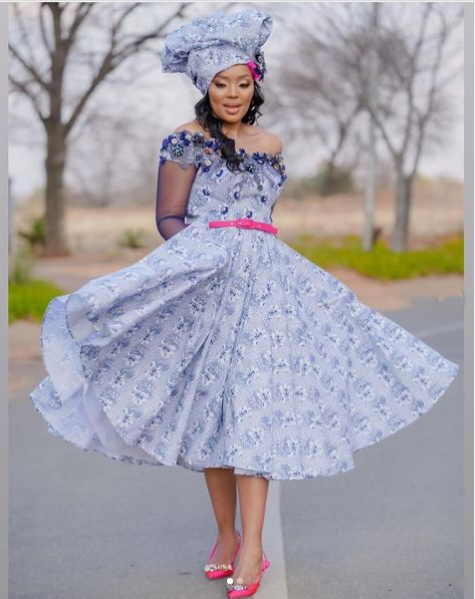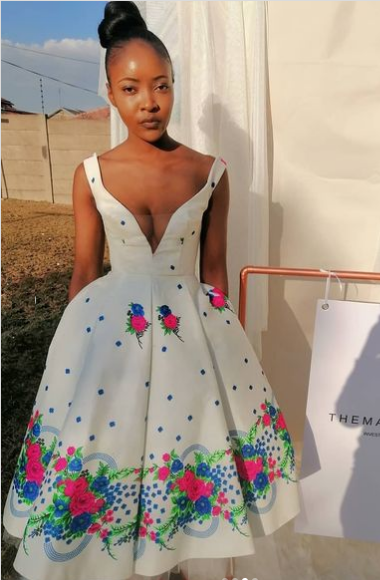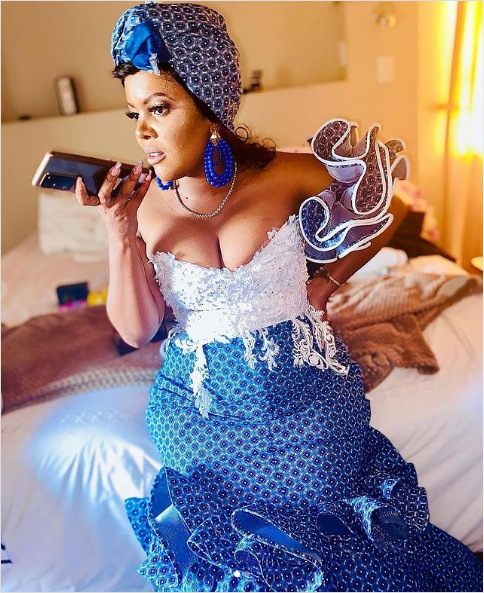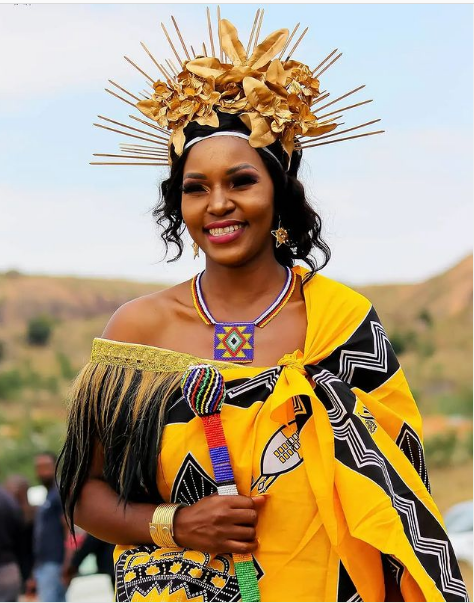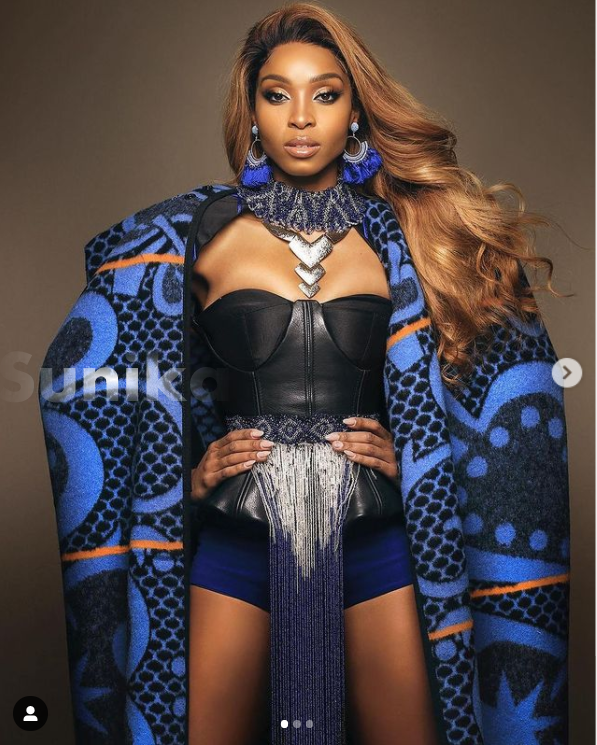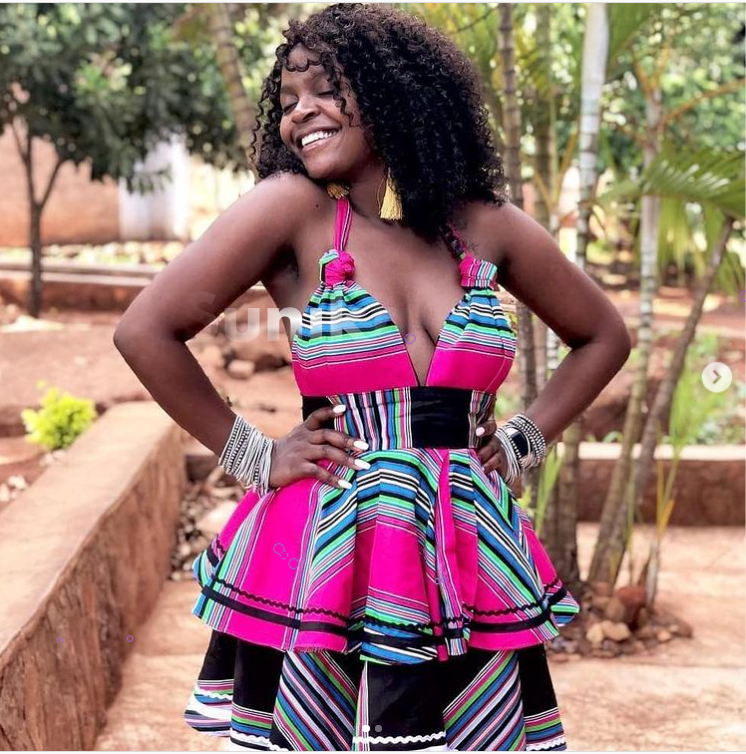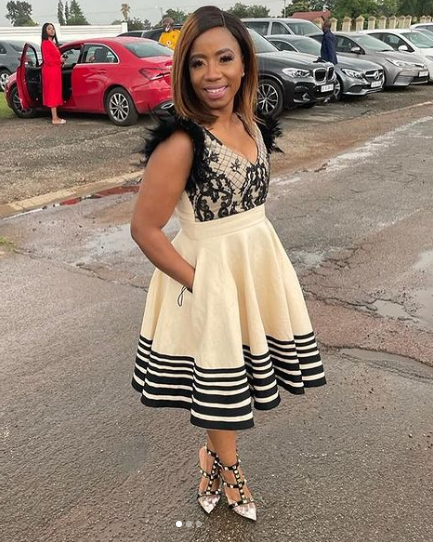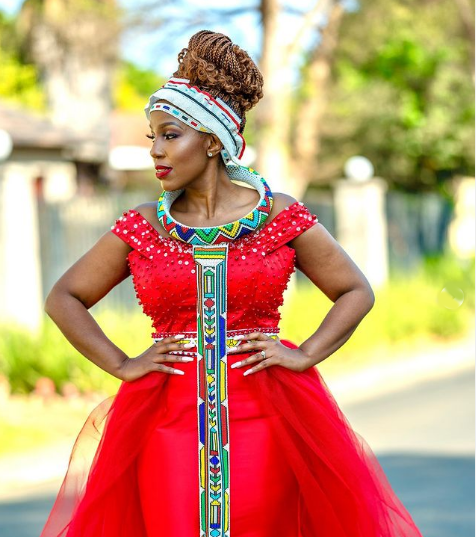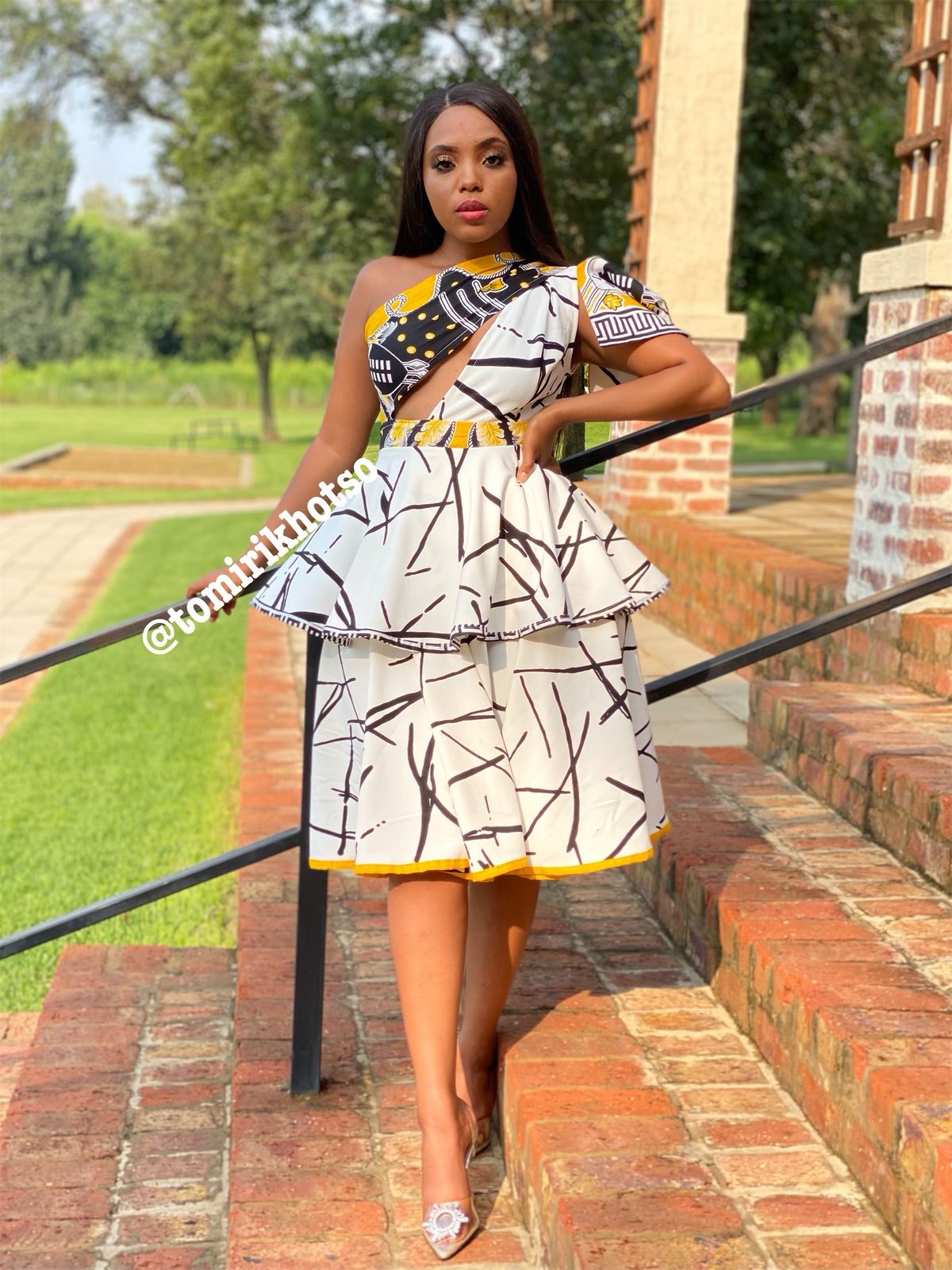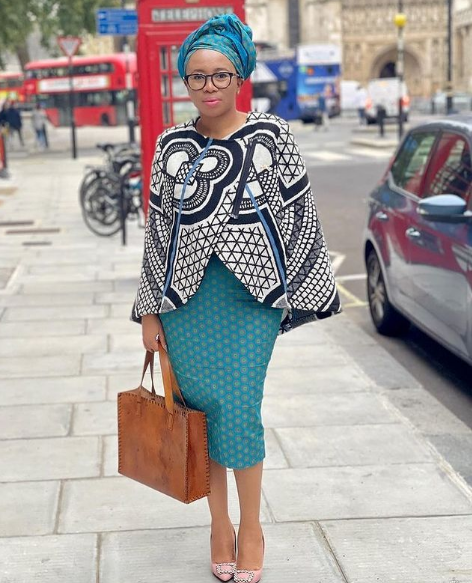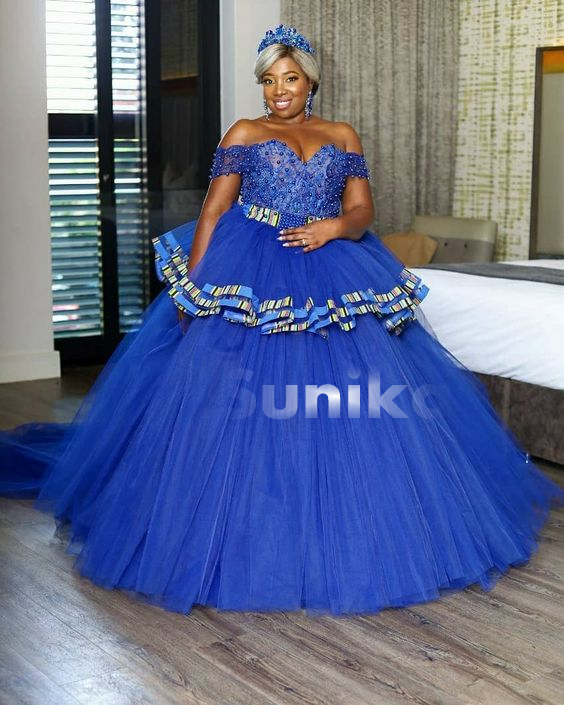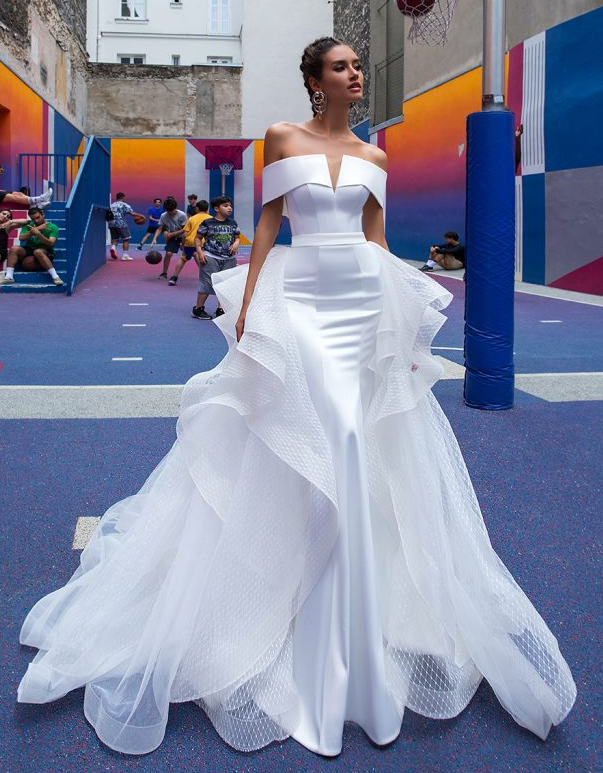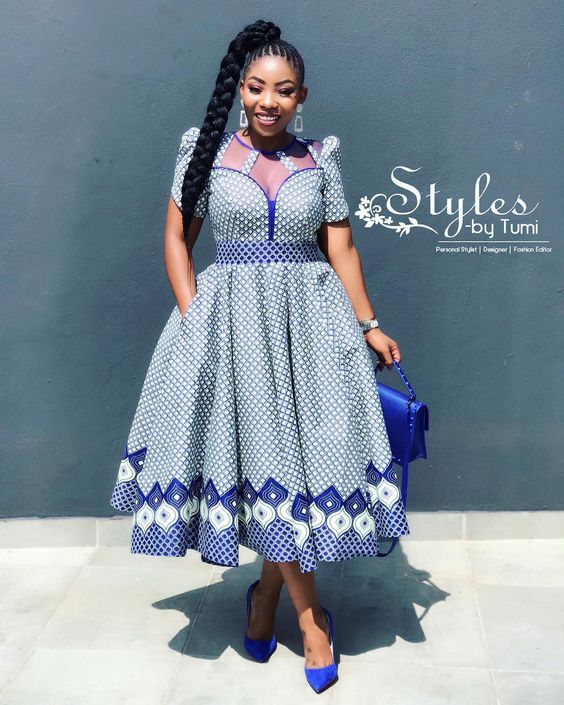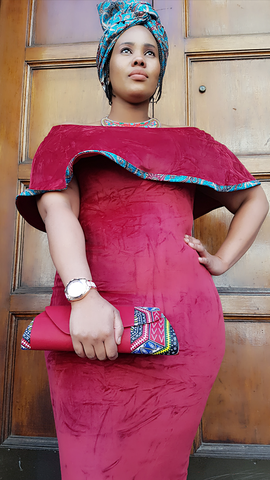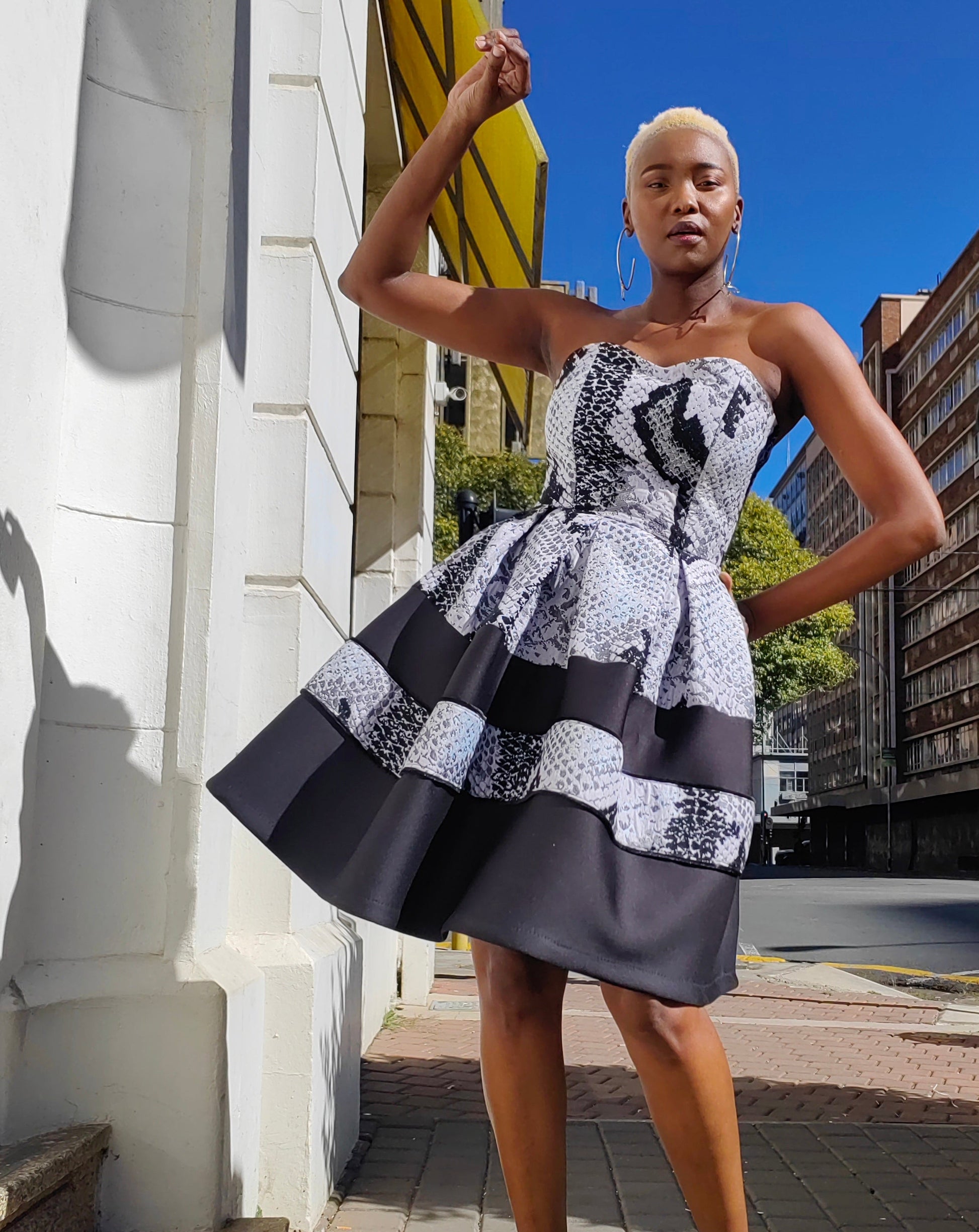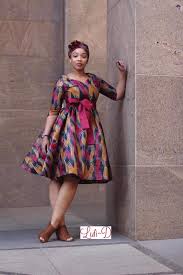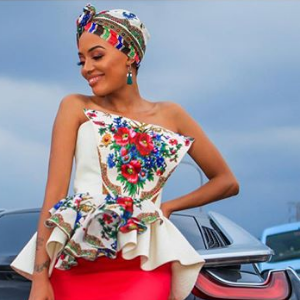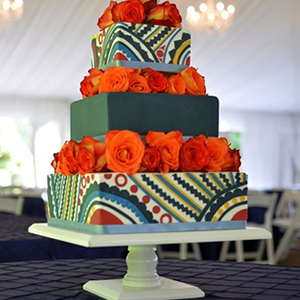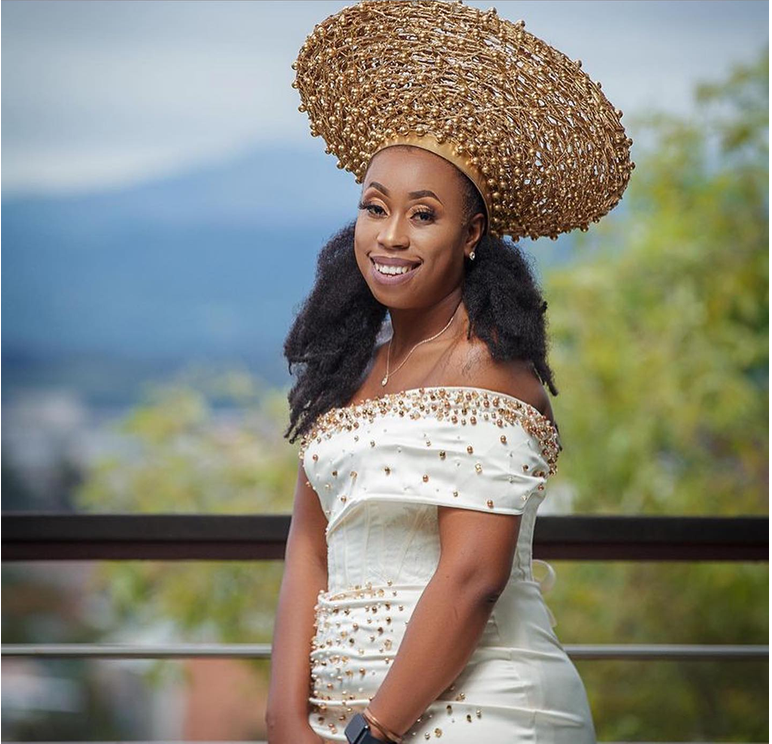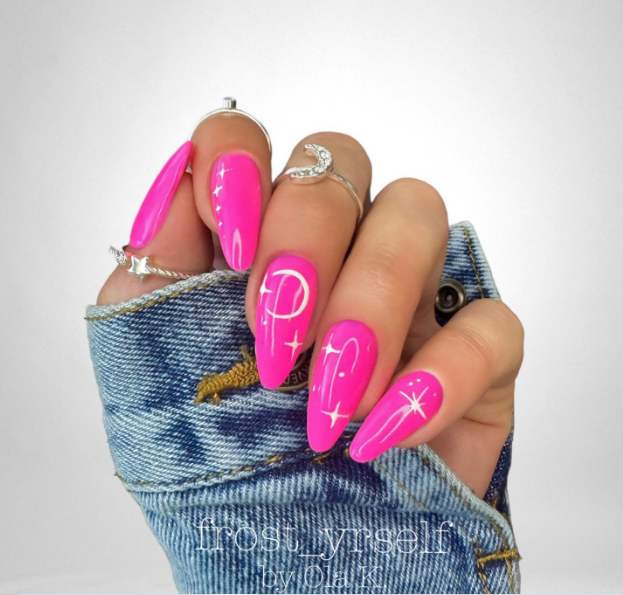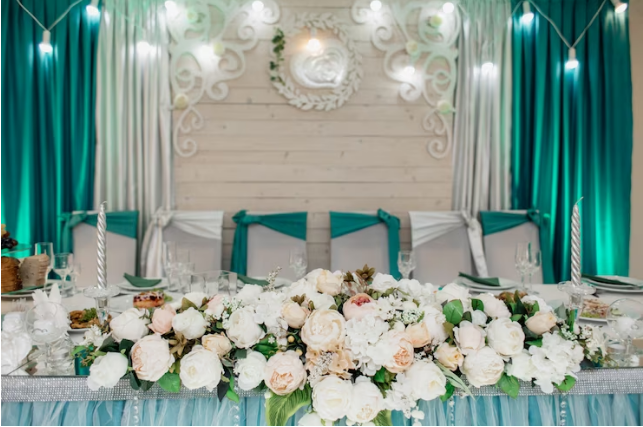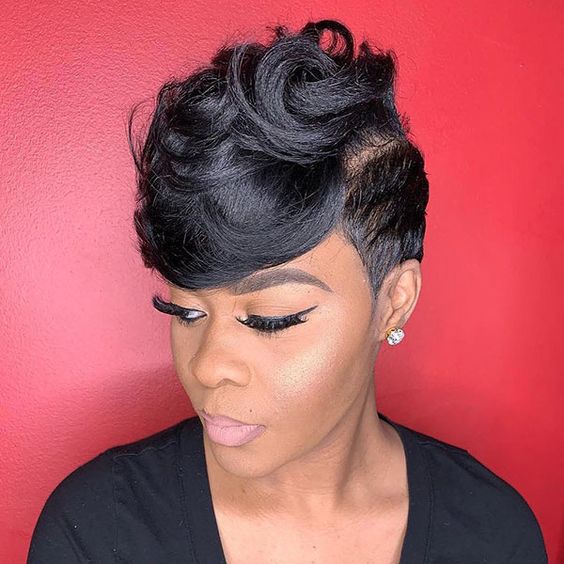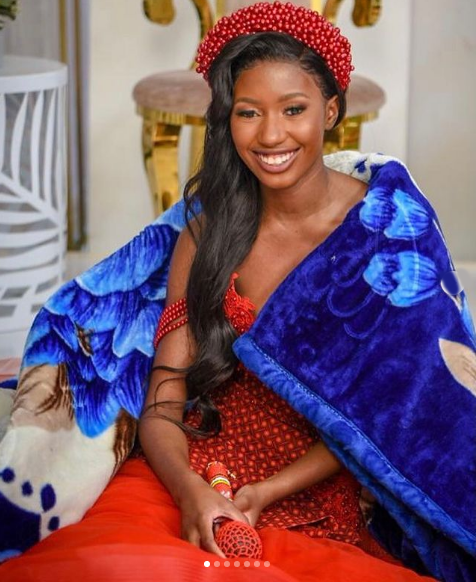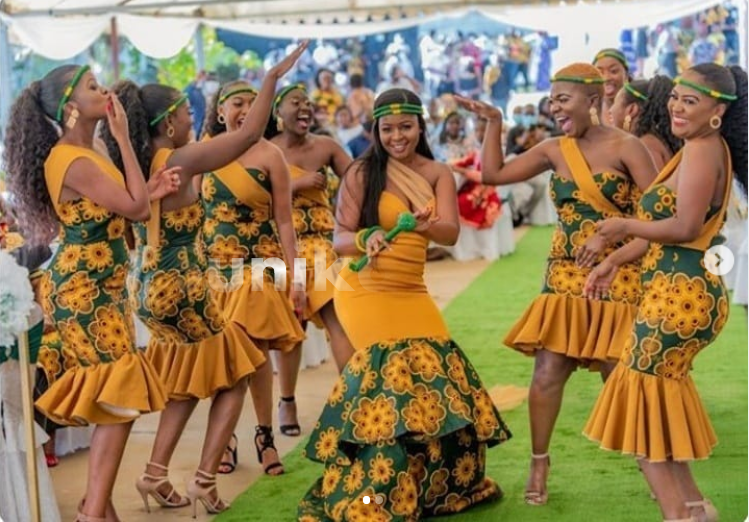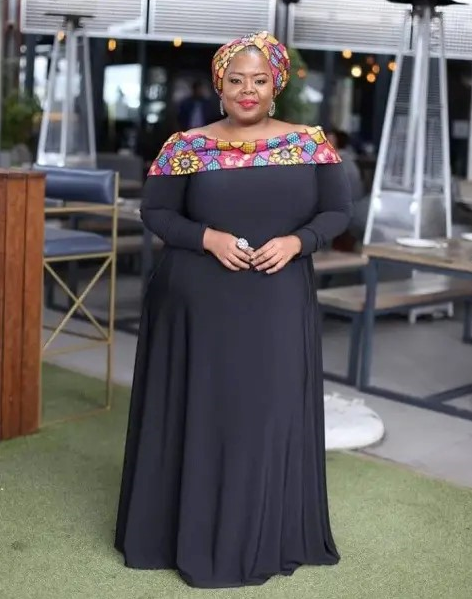
Fashion refers to the prevailing style or trend in clothing, accessories, footwear, hairstyles, makeup, and overall appearance that is popular and followed by a significant group of people at a given time. It is a dynamic and ever-changing concept influenced by various factors, including culture, social norms, historical events, technology, media, and individual preferences.
Fashion is not solely limited to clothing; it extends to how people present themselves and express their identity through their choices of attire and personal style. Fashion can be influenced by designers, celebrities, influencers, and even subcultures, each contributing to the creation and dissemination of trends.
Fashion is an essential aspect of our society, as it reflects and shapes our cultural values, identities, and aspirations. It plays a significant role in self-expression and can convey messages about one's personality, social status, and beliefs.
Furthermore, the fashion industry encompasses various creative disciplines, including design, manufacturing, marketing, and retailing. High-end fashion brands produce luxury and exclusive items, while fast-fashion retailers quickly replicate trends and offer affordable options to a broader audience.
Fashion is a constantly evolving and subjective realm, allowing individuals to explore their creativity, experiment with different styles, and showcase their uniqueness while also being a collective cultural phenomenon that influences how we dress and present ourselves in society.
Fashion designing is the art and profession of creating clothing and accessories with aesthetic appeal and functionality. Fashion designers use their creativity, technical skills, and knowledge of fabrics and trends to design clothing and accessories that reflect current styles and meet the needs and desires of consumers.
The process of fashion designing typically involves several stages:
-
Inspiration and Research: Fashion designers start by gathering inspiration from various sources, such as art, nature, history, cultures, and current events. They research trends, colors, fabrics, and consumer preferences to develop a vision for their collections.
-
Sketching and Design Development: Based on their inspiration and research, designers create sketches and drawings of their clothing and accessory designs. They consider elements like silhouettes, details, and embellishments to bring their ideas to life.
-
Pattern Making: After finalizing their designs, fashion designers create patterns, which serve as templates for cutting and assembling the fabric. Pattern making is a crucial step to ensure the garments fit well and are structurally sound.
-
Fabric Selection: Choosing the right fabrics is essential in fashion designing. Designers consider factors like texture, weight, drape, and color to complement their designs and achieve the desired look and feel of the garments.
-
Sample Creation: Designers often create sample garments or prototypes to see how their designs translate from sketches to actual garments. These samples are used for fitting, adjustments, and to evaluate the overall aesthetic and functionality.
-
Manufacturing and Production: Once the designs and samples are approved, fashion designers collaborate with manufacturers or production teams to produce the clothing and accessories in larger quantities for commercial purposes.
-
Fashion Shows and Marketing: Fashion designers may showcase their collections through fashion shows, presentations, or lookbooks. They work closely with marketing teams to promote their designs and establish their brand.
Fashion designing is a dynamic and highly competitive industry that requires a blend of artistic talent, technical skills, and business acumen. Successful fashion designers need to stay informed about the latest trends, consumer preferences, and advancements in materials and technology while staying true to their unique creative vision. They play a crucial role in shaping the fashion landscape, influencing how people dress and express themselves through clothing and accessories.
